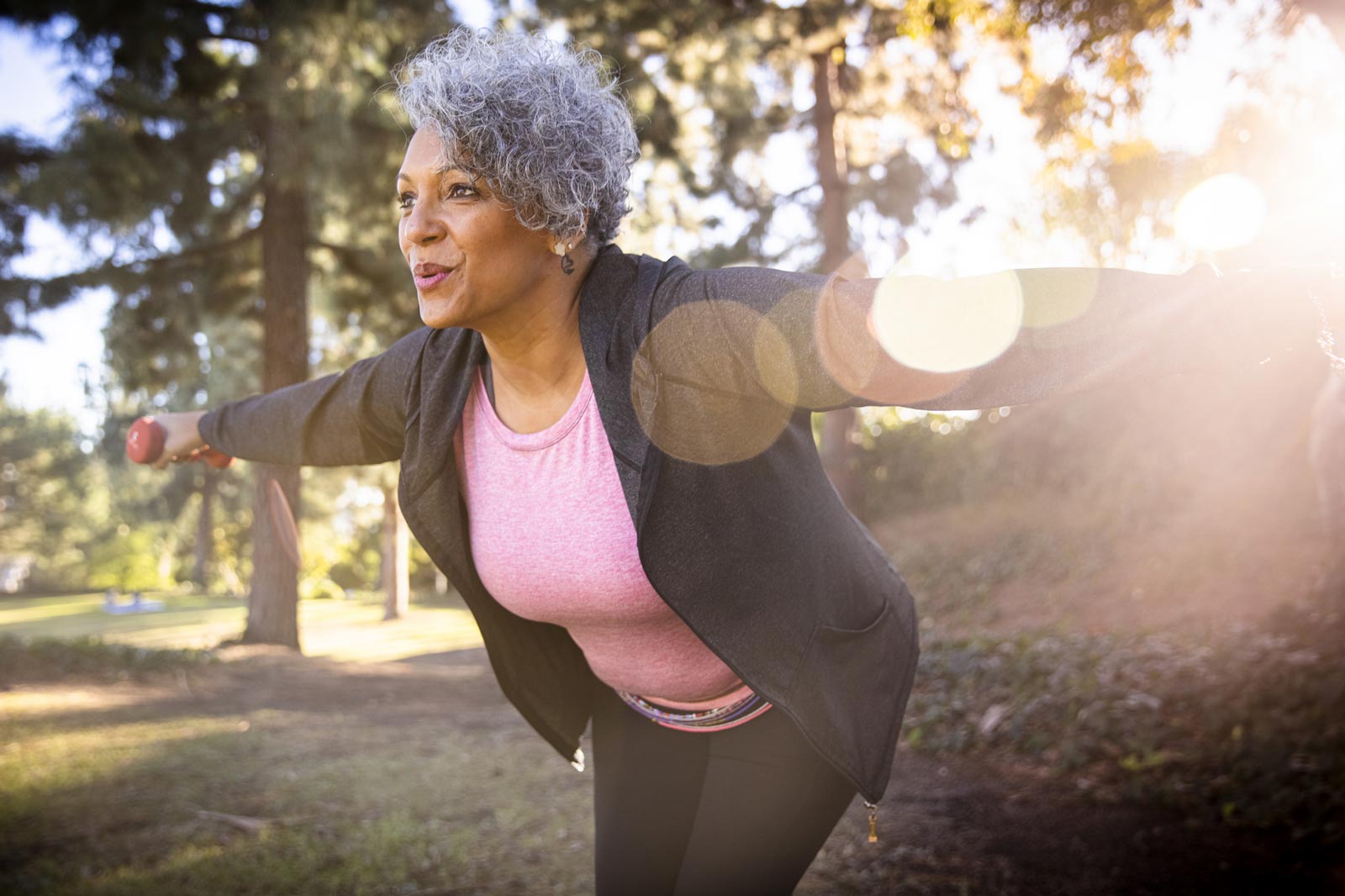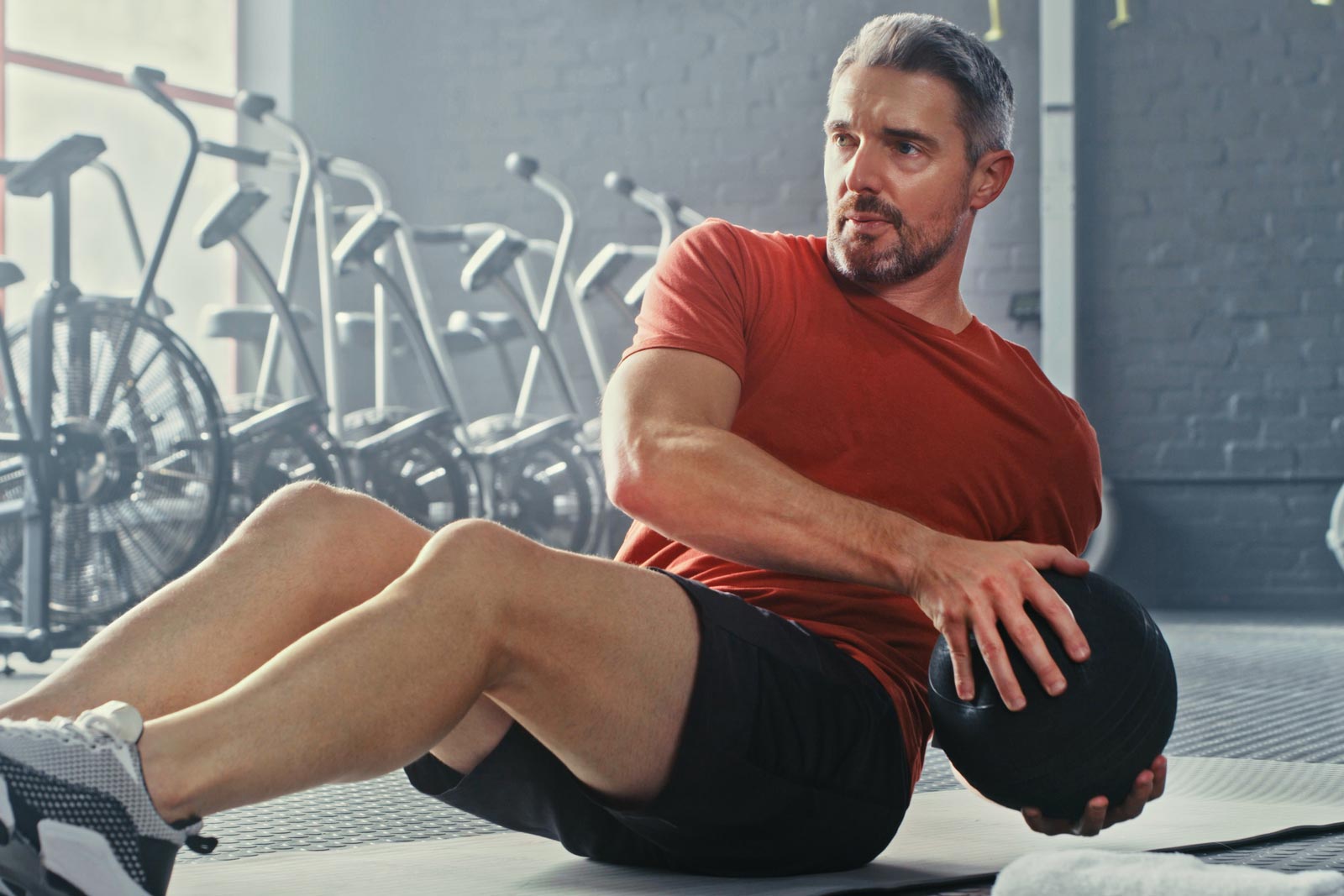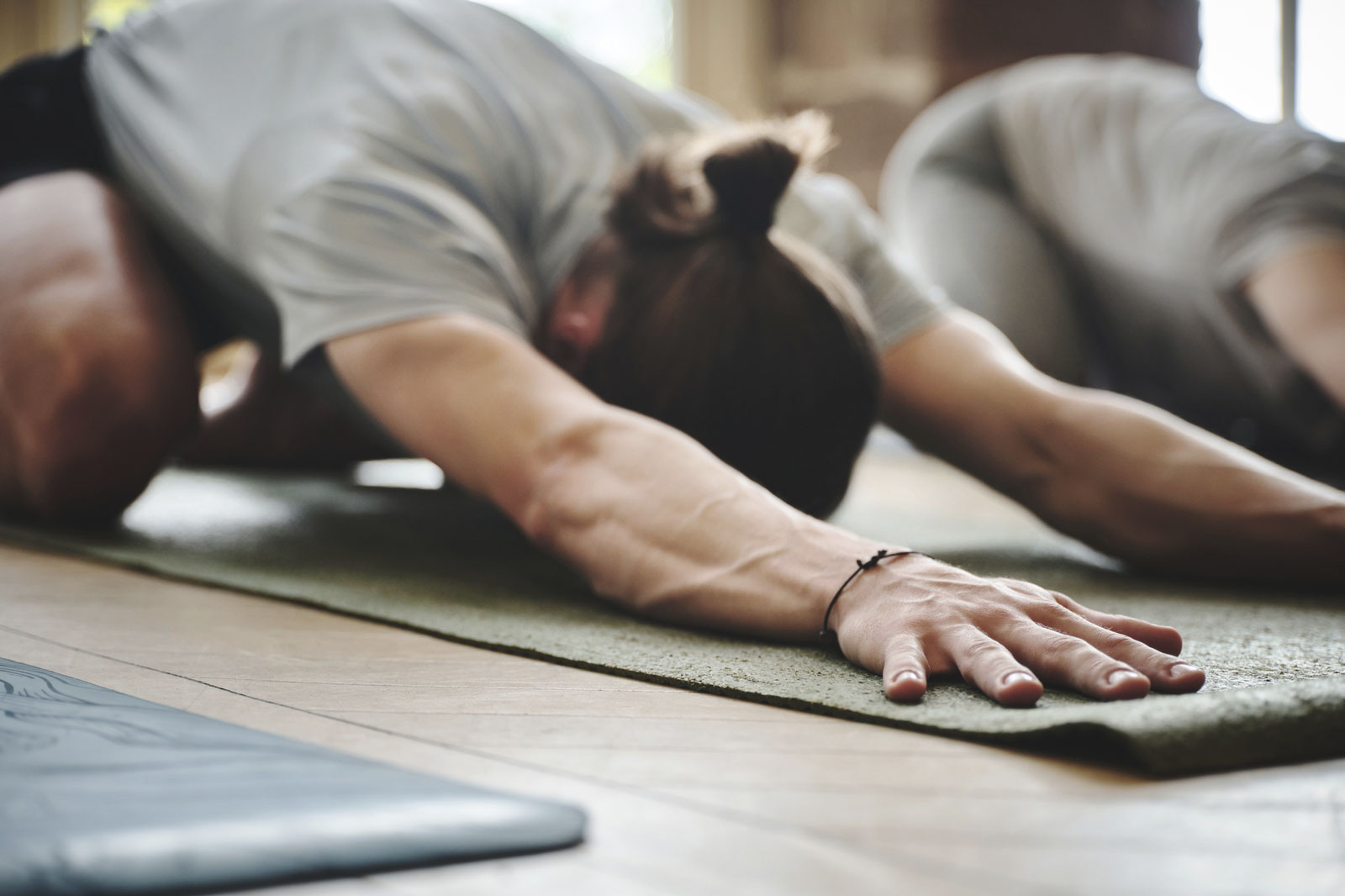
Patient Educational Resources
Understanding Active Mobility
Active mobility exercises encompass a variety of movements designed to improve tissue extensibility and joint mobility, while also helping to reduce pain and stiffness. This is different from static stretching, where muscles are held in a fixed position for a period of time, active mobility exercises involve continuous movement patterns that mimic real-life activities and motions.
Muscle Recovery: How Active Mobility Plays a Crucial Role
- Increased blood flow and nutrient delivery
- Enhanced muscle elasticity and range of motion
- Reduced muscle/joint stiffness and soreness
Overall Health Benefits
Beyond aiding in muscle recovery, active mobility exercises offer broader health advantages:
- Improved joint health
- Enhanced balance and coordination
- Pain and stress relief
- Improved function
Integrating Active Mobility and Massage Therapy
Massage therapy can work wonders for your mobility by helping your muscles, fascia and connective tissue to become more pliable. Introducing active mobility in conjunction with your massage treatment allows you to move in this new available range of motion helping to maintain these gains while improving overall function. Additionally, massage can improve circulation, delivering more nutrients to your muscles and helping remove waste products. This enhanced circulation promotes healthier tissues and better mobility.
When we are in pain, exercise and movement can be uncomfortable and even feel like it is the wrong thing to do. But even in these cases gentle exercise can actually help alleviate pain and stiffness while also improving energy levels. Massage has the added benefit of increasing the body’s production of pain-righting chemicals like endorphins, which can help relax muscles and make movement easier, even when pain feels like an obstacle to mobility.
For those with chronic conditions, you should be as physically active as your condition will allow.




